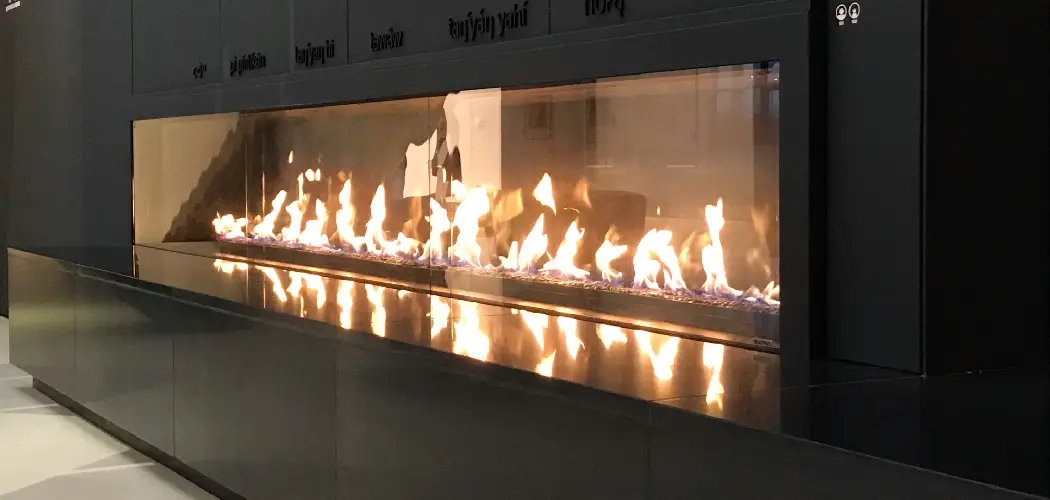Is your gas fireplace safe? Many people believe they are, but the fact is that many fireplaces have safety risks. If you’re not sure whether your gas fireplace is safe, then it’s important to take some time to investigate. In this blog post, we’ll talk about the different ways to determine if your gas fireplace is dangerous and what you can do to make it safer. So keep reading to learn more about how to know if your gas fireplace is safe.
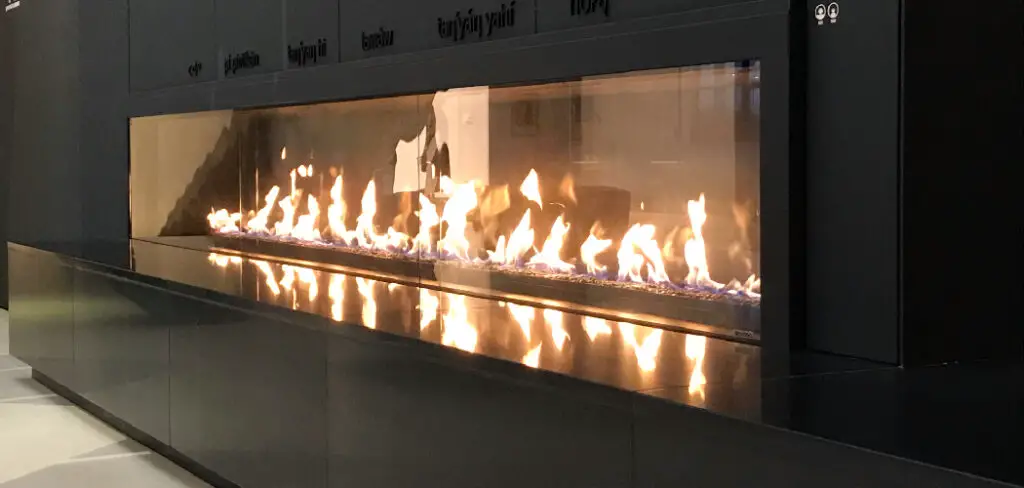
What Is a Gas Fireplace?
A gas fireplace is a type of fireplace that uses natural gas or propane as a fuel source. Unlike wood-burning fireplaces, gas fireplaces do not require a chimney. Gas fireplaces can be either vented or ventless. Vented gas fireplaces release combustion gases through a chimney, whereas ventless gas fireplaces recirculate the gases back into the room.
Gas fireplaces are available in a wide range of styles and sizes, making them a popular choice for both new construction and home renovation projects. Gas fireplaces offer many benefits, including easy installation, low maintenance, and high efficiency.
Why It’s Important to Know if Your Gas Fireplace Is Safe?
A gas fireplace can be a great way to add ambiance and warmth to your home. First, however, it is important to ensure that your gas fireplace is safe. There are a few things that you should check before using your gas fireplace. First, make sure that the pilot light is lit. If the pilot light is not lit, the gas will not flow to the fireplace and will not work.
Second, check to see if there is any soot or debris around the fireplace. If there is, this could indicate that the gas is not burning properly and could be a fire hazard. Finally, ensure that the fireplace area is clear of flammable objects. Taking these simple precautions can help ensure that your gas fireplace is safe to use.
7 Tips to Follow on How to Know if Your Gas Fireplace Is Safe
1. Check for Proper Ventilation
One of the most important things you can do to keep your gas fireplace safe is to ensure that it is properly ventilated. A well-ventilated fireplace will help to prevent the build-up of carbon monoxide and other dangerous gases.
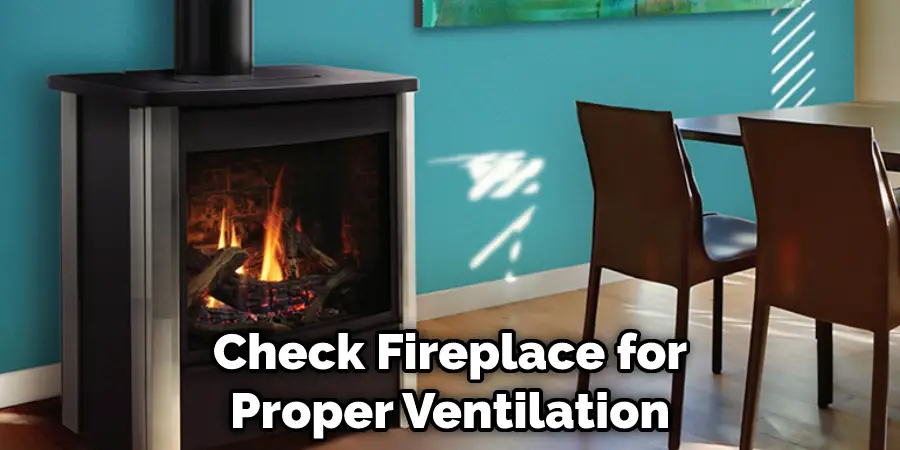
2. Check the Gas Lines for Leaks
Another important safety tip is to check your gas lines for leaks regularly. Even a small gas leak can be dangerous, so it’s important to catch them early and have them repaired immediately.
3. Inspect the Flue and Chimney
Another key part of keeping your gas fireplace safe is regularly inspecting the flue and chimney. Ensure no blockages or damage could cause dangerous gases to build up.
4. Clean the Fireplace and Flue Regularly
Another important safety tip is to clean your fireplace and flue regularly. A build-up of soot and debris can be a fire hazard and can also lead to the build-up of dangerous gases.
5. Service the Fireplace Annually
It’s important to have your gas fireplace serviced by a qualified technician at least once per year. This will help to ensure that it is operating safely and correctly.
6. Install a Carbon Monoxide Detector
A carbon monoxide detector is a key safety device that every home should have. If your gas fireplace is not properly ventilated, carbon monoxide can build up to dangerous levels. A detector will sound an alarm if dangerous levels of carbon monoxide are present, allowing you to take action to ventilate the area and stay safe.
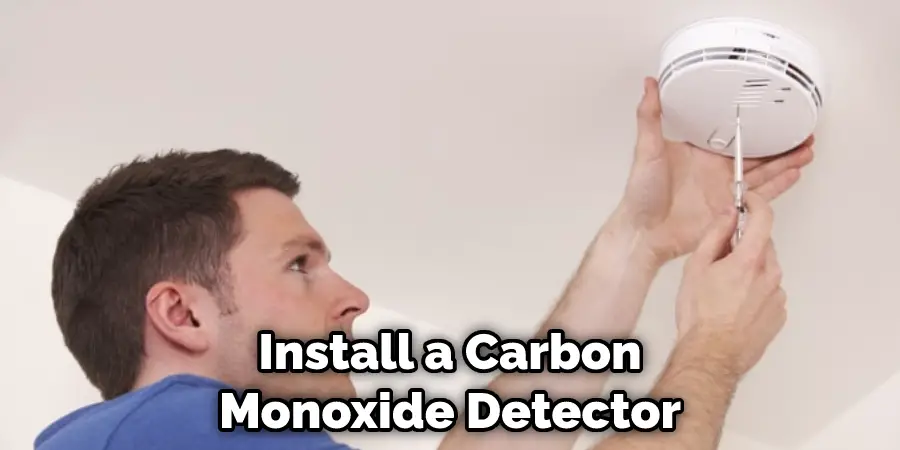
7. Use Common Sense when Operating Your Gas Fireplace
As with any type of fireplace, it’s important to use common sense when operating your gas fireplace. Never leave a fire burning unattended, and ensure that the fireplace area is clear of flammable materials. Follow these tips, and you can enjoy your gas fireplace safely for many years to come.
That’s it! You’ve now learned how to know if your gas fireplace is safe. Remember to follow these tips, and you’ll be able to enjoy your fireplace worry-free.
What to Do if You Think Your Gas Fireplace Might Be Unsafe
If you’re like most people, your gas fireplace is one of the most cherished features in your home. Not only does it provide warmth and ambiance, but it’s also a great gathering spot for family and friends. However, gas fireplaces can be dangerous if they’re not properly maintained. Thousands of people have been injured in gas fireplace-related accidents each year, and many more suffer from carbon monoxide poisoning.
If you think your gas fireplace might be unsafe, you can do a few things to protect yourself and your family. First, make sure that the fireplace is properly vented. If you can smell gas or see soot on the glass, there may be an issue with the ventilation system. Second, have the fireplace serviced by a professional at least once a year. This will help to ensure that the burner is operating correctly and that there are no leaks in the gas line.
Finally, keep flammable objects away from the fireplace. This includes furniture, curtains, and carpets. Taking these precautions allows you to enjoy your gas fireplace all winter long without worry.
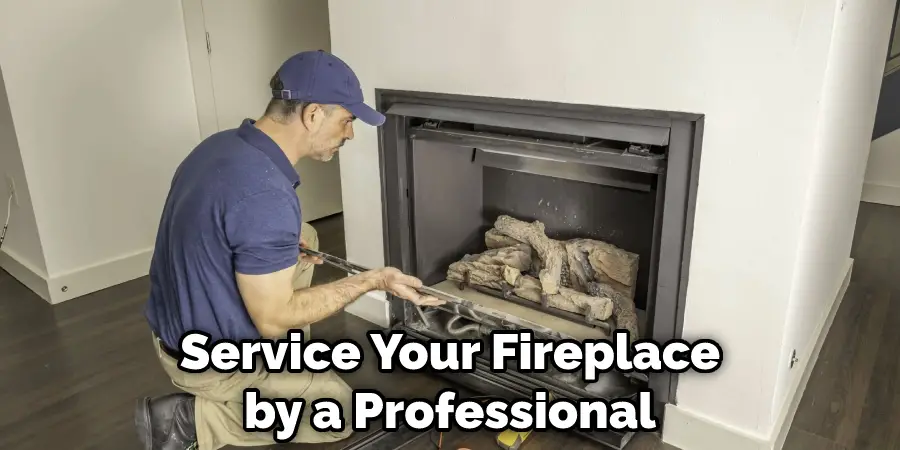
How to Get Your Gas Fireplace Inspected for Safety
Spring is the perfect time to get your gas fireplace inspected for safety. While you may not use it as often in the warmer months, a fireplace is still a major appliance in your home and should be treated as such. A professional inspection will ensure that everything is in working order and that there are no potential hazards.
The first step is to contact a qualified technician. Many are available through local utility companies or home improvement stores. Once you have found a technician, they will need to access the gas line and inspect the burners and pilot light. They will also check for any cracks or leaks in the system. After the inspection is complete, the technician will provide you with a report detailing their findings.
This report will help you determine if any repairs or replacements are needed. With a little effort, you can ensure that your gas fireplace is safe and ready for use all year round. Keep reading for more information about how to know if your gas fireplace is safe.
What to Do if You Smell Gas Near Your Fireplace
If you smell gas near your fireplace, it’s important to take immediate action. First, open all the doors and windows to ventilate the area. Then, turn off the gas supply to the fireplace. If you’re unsure how to do this, call your gas company or a qualified technician.
Once the gas is turned off, don’t try to light the fireplace. Instead, call a qualified technician to inspect the fireplace and make any necessary repairs. You can help prevent a dangerous situation and keep your family safe by taking quick action and following these steps.
How to Keep Your Family Safe from Potential Gas Fireplace Dangers
Gas fireplaces are popular for homeowners because they provide the warmth and comfort of a traditional fireplace without the hassle of wood. However, gas fireplaces also come with their own set of potential dangers. The most common hazard associated with gas fireplaces is Carbon Monoxide (CO) poisoning. CO is a colorless, odorless gas that can be produced when burning fuel such as natural gas or propane.
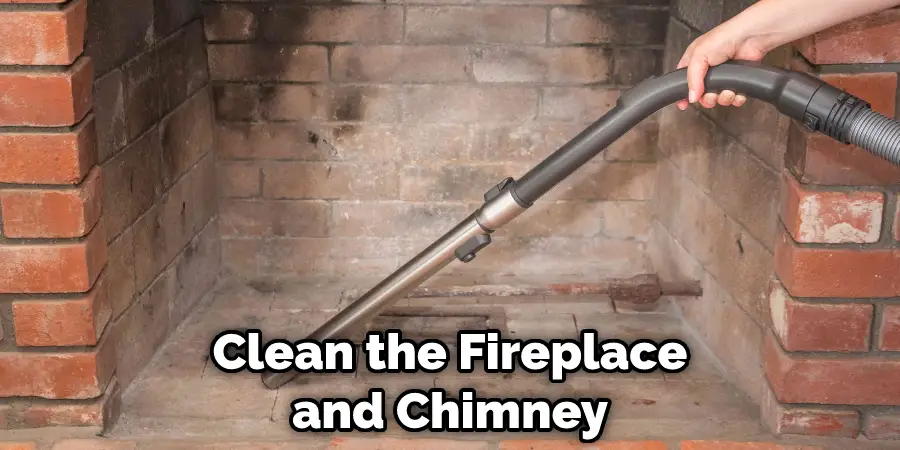
If too much CO builds up in an enclosed space, it can be toxic to humans and animals. To help prevent CO poisoning, ensure your gas fireplace is properly ventilated. Another potential danger is fire. Gas fireplaces generate heat and flames, so it’s important to take precautions to help prevent accidental fires.
Some safety tips include keeping anything flammable at least three feet away from the fireplace, using a grate to catch sparks, and regularly cleaning the fireplace and chimney. Taking these simple precautions can help keep your family safe from potential dangers associated with gas fireplaces.
What to Do If the Pilot Light Goes Out on Your Gas Fireplace
There’s nothing like snuggling up in front of a gas fireplace on a cold winter’s night. But what do you do if the pilot light goes out? First, check to make sure that the gas valve is turned on. Then, follow these steps:
- Locate the pilot light adjustment knob and turn it to the “pilot” position.
- Press and hold the reset button while you light the Pilot light with a long match or lighter.
- Hold the reset button for 30 seconds after the Pilot light is lit.
- Release the reset button and turn the knob to the “on” position. If you can’t seem to get the pilot light lit, you may need to call a professional.
But following these steps should get your fireplace up and running again in no time.
Conclusion
Gas fireplaces are a great way to add some extra heat and ambiance to your home during the winter months, but it’s important to ensure they are safe before you start using them. By following these simple safety tips, you can rest assured that your gas fireplace will provide you with years of warmth and enjoyment. Thanks for reading our post about how to know if your gas fireplace is safe. Have you ever used a gas fireplace? What tips would you add to this list?

